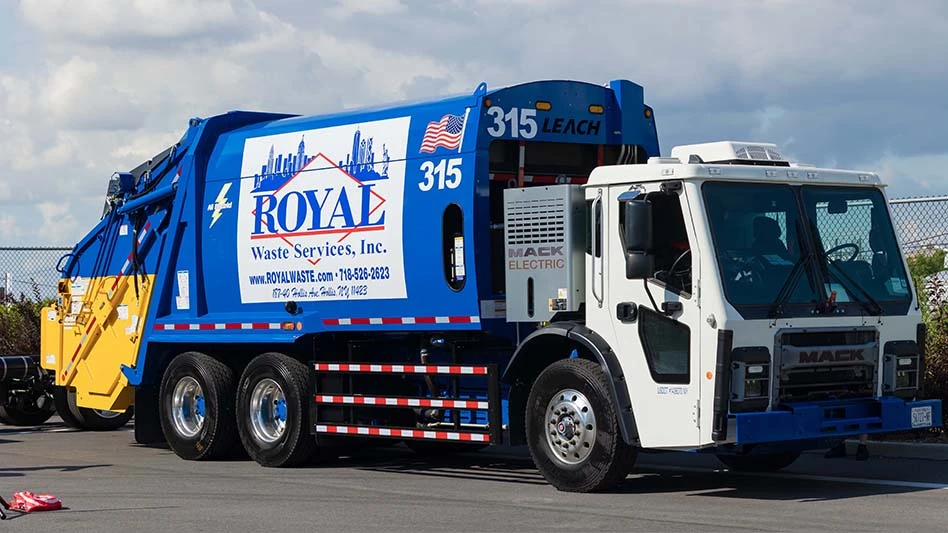
Photo courtesy of EPA
The Environmental Protection Agency’s Excess Food Opportunities Map, first released in 2018, displays facility specific information for potential generators and recipients of excess food in the industrial, commercial and institutional sectors, including estimates of excess food for most generators.
The agency has released Version 3.0 of the map, which includes several new features, including new data layers showing locations of refrigerated warehousing and storage and farmers’ markets.
It also has added data sets for several new generators, including nursing homes, residential care facilities and bed-and-breakfast inns.
Also new to this version is the ability to toggle on and off data layers from the EPA’s EJScreen, which indicates locations of low-income populations and areas that have environmental challenges. Environmental justice is a critical part of EPA’s work, and the agency says it hopes these new data layers can be used in concert with excess food estimates to drive policy decisions, investments and actions to feed people. Additionally, in Version 3.0, EPA included food insecurity and food assistance layers from the U.S. Department of Agriculture’s Food Environment Atlas.
The Excess Food Opportunities map includes about 950,000 potential generators, such as food manufacturers, retailers and restaurants, and about 6,500 potential recipients, such as food banks and composting and anaerobic digestion facilities. All data sets can be downloaded.
The map is a useful resource allowing businesses, organizations and governments to make connections and find opportunities to make the best use of their excess food. The EPA says it can be used to inform waste management and food recovery decisions at the local level, as well as to identify potential sources of organic feedstocks, infrastructure gaps and alternatives to landfilling.
The agency also has posted a guide to help new users quickly learn to use the Excess Food Opportunities Map.
Get curated news on YOUR industry.
Enter your email to receive our newsletters.
Latest from Waste Today
- US Senate backs reduced cuts to EPA
- Waste Connections announces Q2 results
- Returnity and Cosmoprof to address reusable bag waste
- SWANA releases report on aging WTE facilities
- New economic assessment reveals cost benefits of California’s SB 54
- Premier Truck Sales & Rental opens new facility
- TeknTrash Robotics, Sharp Group partner on humanoid robot pilot
- Stadler equips mixed waste sorting plant in Sweden






